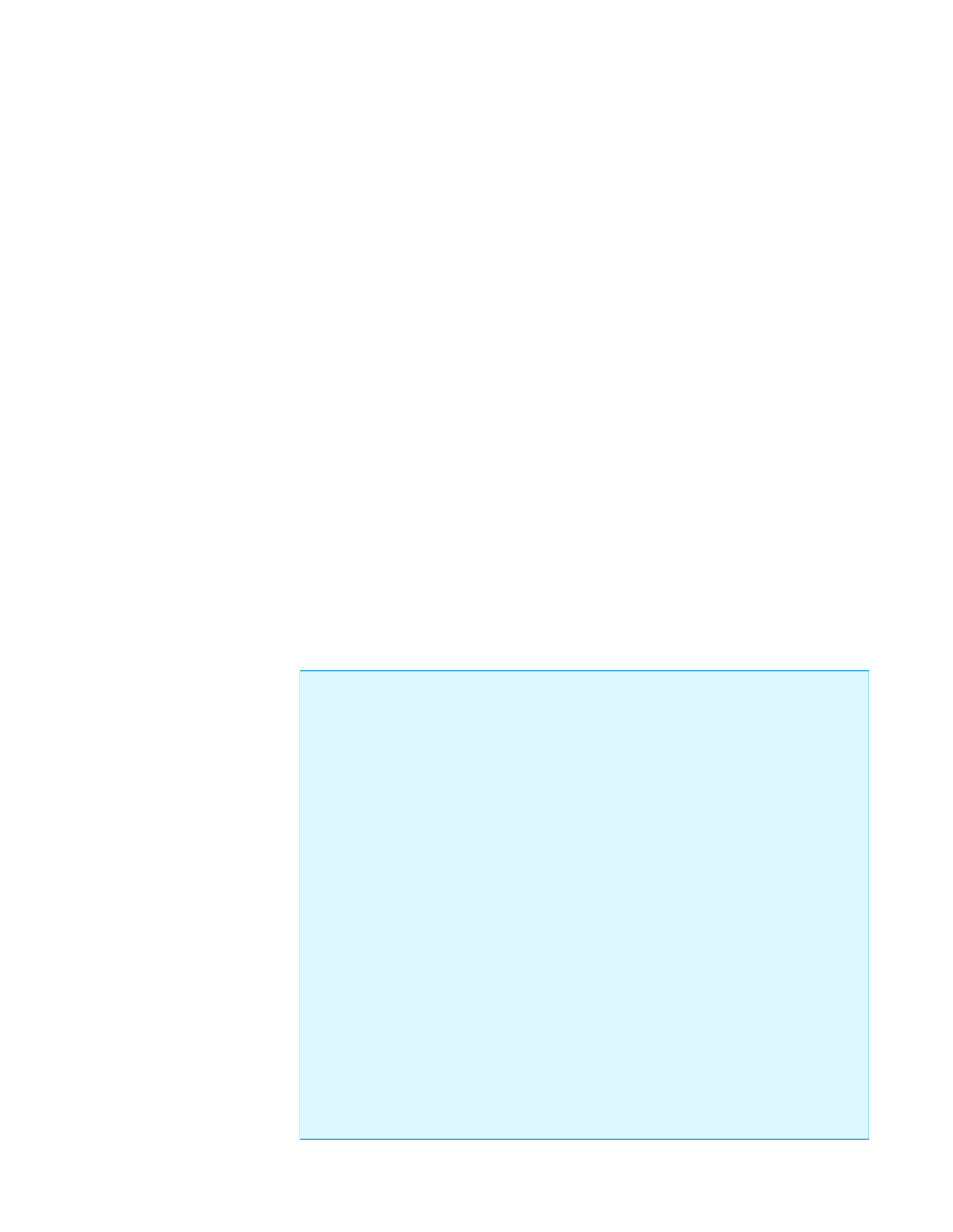
60
S
tate
of
I
ndia
’
s
L
ivelihoods
R
eport
2015
During the first 24 to 30months of a calf’s
life, dairy farmers incur cost and get no cash
inflows. Small farmers with very few animals
find it difficult to rear calves and hence sell
off the same after initial months. There are
arrangements in rural areas where some
households specialise in rearing calves but
their financial capacity is limited to a few
animals. There are schemes from banks for
providing loans (refinanced byNABARD) to
finance a calf’s growth period. However, the
banks do not provide adequate attention to
this loan product. To ensure that the calves
grow up as healthy and productive animals,
calves programmes should be better organ-
ised with not just funds, but also supply of
feed, fodder, concentrates and medicines.
Indigenous breeds have better adaptation
characteristics, high production potential
under low inputs and harsh environment
and valuable genetic make-up. For the rural
poor, they are easier to manage. Efforts for
conservation of quality indigenous breeds
also need to be strengthened. A number of
quality indigenous breeds such as Sahiwal,
Tharparkar, Gir, Rathi, Red Sindhi, etc.,
have higher milk yields than non-descript
animals and are more adapted to the local
conditions of the region where they are
popular. The non-descript cattle should
be upgraded by crossing with the elite
indigenous breeds. There are some private
initiatives undertaken in this regard. Last
year, the GoI announced a national mis-
sion to conserve, develop and popularise
indigenous breeds. The Rashtriya Gokul
Mission worked on indigenous breeds com-
prehensively (Box 4.2) with private sector’s
participation. The first year’s budget alloca-
tion was
`
1.5 billion.
3. Health care and extension services
Animal health and breeding services provi-
sion, veterinary infrastructure development
and vaccinations are the responsibility of the
state government.
Extension activities in
dairy management are falling far short of
requirements. Farmers have not been able
TheMissionwill be implementedwith the objec-
tives to development and conservation of indig-
enous breeds; undertake breed improvement
programme for indigenous cattle breeds so as
to improve the genetic makeup and increase the
stock; enhance milk production and productiv-
ity; upgrade nondescript cattle using elite indig-
enous breeds like Gir, Sahiwal, Rathi, Deoni,
Tharparkar, Red Sindhi and distribute disease
free high genetic merit bulls for natural service.
Funds under the schemewill also be allocated
for establishment of Integrated Indigenous Cattle
Centres—‘Gokul Gram’—and strengthening
of bull mother farms to conserve high genetic
merit indigenous breeds. The Gokul Grams will
be established in the native breeding tracts and
near metropolitan cities for housing the urban
cattle. Theywill act as centres for development of
indigenous breeds and a dependable source for
supply of high genetic breeding stock to the farm-
ers in the breeding tract. The Gokul Gram will
be self- sustaining and will generate economic
resources from sale of milk, organic manure,
vermi-composting, urine distillates and pro-
duction of electricity from biogas for in-house
consumption and sale of animal products. It will
also function as state-of-the-art in situ training
centre for farmers and breeders.
Each Gokul Gram will be set up in a PPP
mode. It will maintain milch and unproduc-
tive animals in the ratio of 60:40 and will
have the capacity to maintain about 1,000
animals. Nutritional requirements of these
animals will be provided for in the Gokul
Gram through an in-house fodder production.
Disease free status of Gokul Gramwill be main-
tained through regular screening of animals
for important diseases like brucellosis, TB and
JD. An inbuilt dispensary and AI centre will be
an integral part of the Gokul Gram. It will also
be set up near tometropolitan cities for manag-
ing urban cattle. MetropolitanGokul Gramwill
focus on genetic upgradation of urban cattle.
Source:
Brochure on Rashtriya Gokul Mission,
Department of Animal Husbandry, Ministry of
Agriculture, GoI 2015.
Box 4.2:
Rashtriya Gokul Mission


